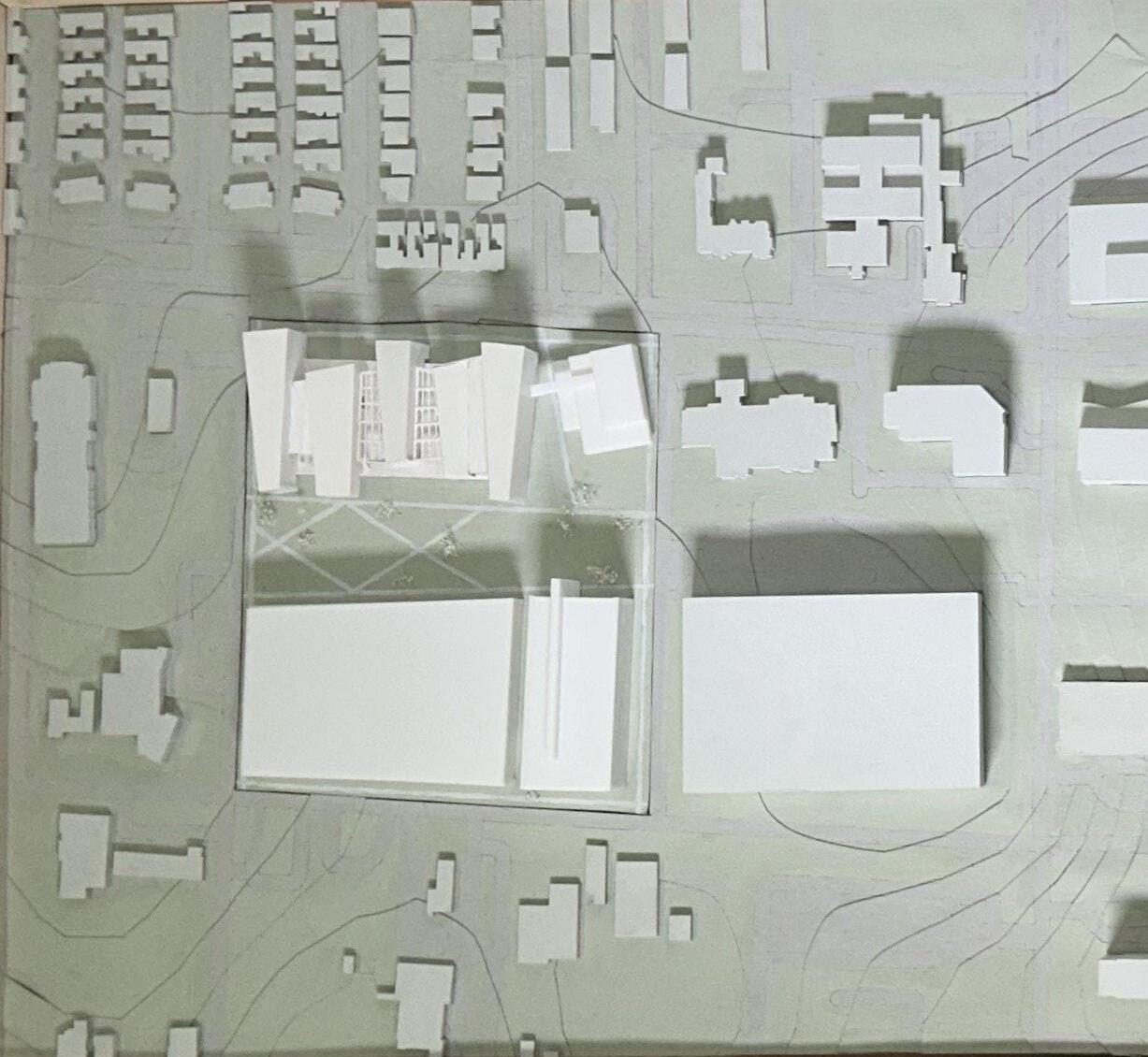Uniting Inside & Out
Kirsten M Goodge
“The richness I achieve comes from Nature, the source of my inspiration.”
– Claude MonetThe twenty-first century professional world is covered in hardscapes, filled with artificial light and air, marked with screens on every surface imaginable, and ultimately exists indoors. The public domain lacks awareness for individuals who aspire to reflect through nature. Biophilia describes the human drive to reconnect with nature and other living things. An absence of nature reigns throughout urban communities. Long days and nights in the heart of cities tend to undersupply psyches, wearing them out. When living as a professional, time is always of the essence. Finding time to retreat into nature depletes as the desire of being successful possesses one’s mind.
The constant need to retreat reveals an issue with our built environment. A takeover of land occurs instead of a creation of space cohabitating with nature. In 1973, a psychoanalyst named Erich Fromm coined the term biophilia. He stated biophilia is “passionate love of life and of all that is alive… whether in a person, a plant, an idea, or a social group.” Fromm and many, like Edward O. Wilson who created the Biophilia hypothesis, believed biophilia is a normal biological instinct or genetic basis. Biophilic design is a step towards recognizing the disconnect between interior and exterior spaces. Its goal is to incorporate primitive desires back into human surroundings. The concept focuses on increasing connectivity between occupants, and the natural environment. This thesis will investigate the relationship between interior and exterior, in respect to human and nature. Moving forward, the key is to find an appropriate design approach to provide connections to nature while creating a productive, considerate environment for human comfort and spirit.





divided into five volumes



seperated to create interstitial space











a path for exterior circulation






widened to the south for daylight
corridor cutting through forms

























